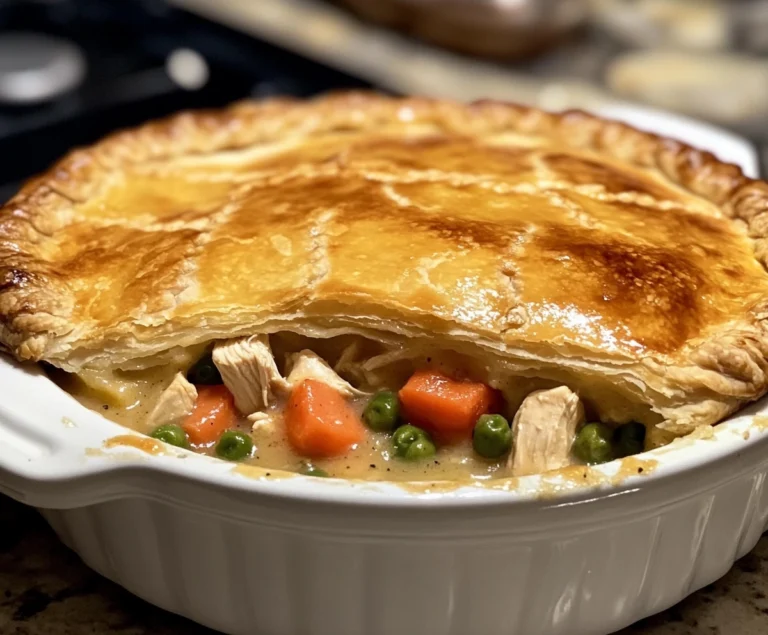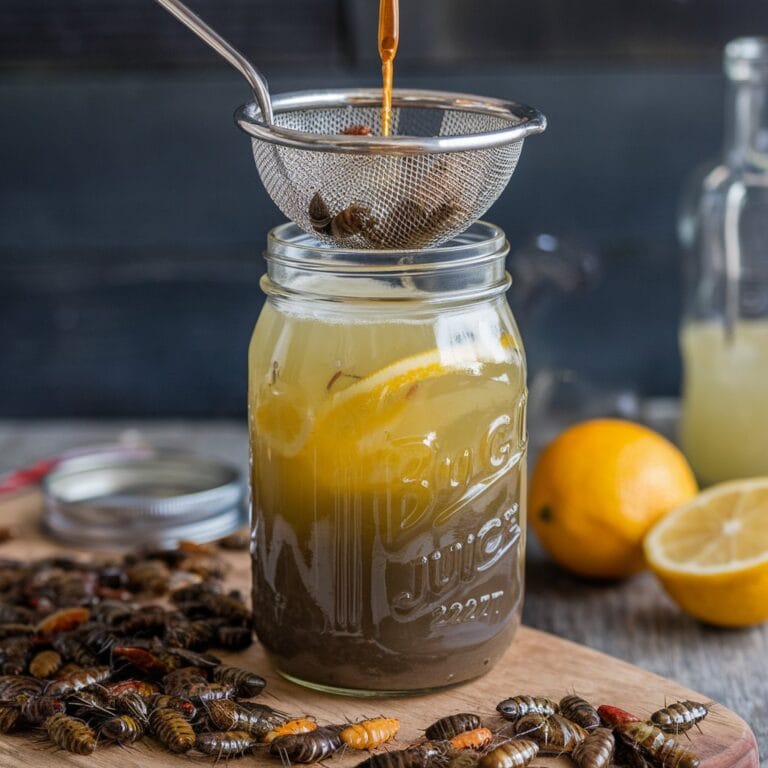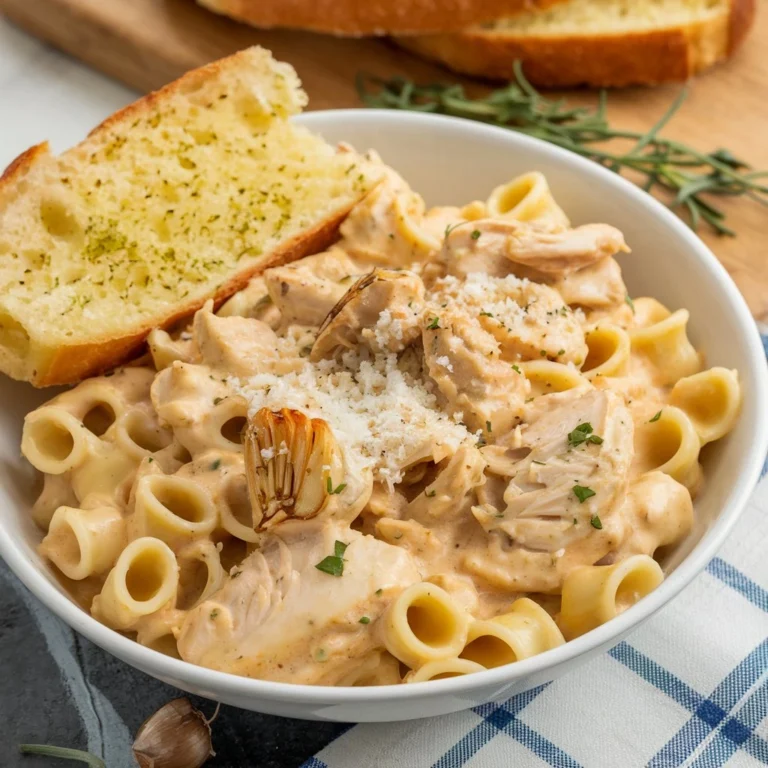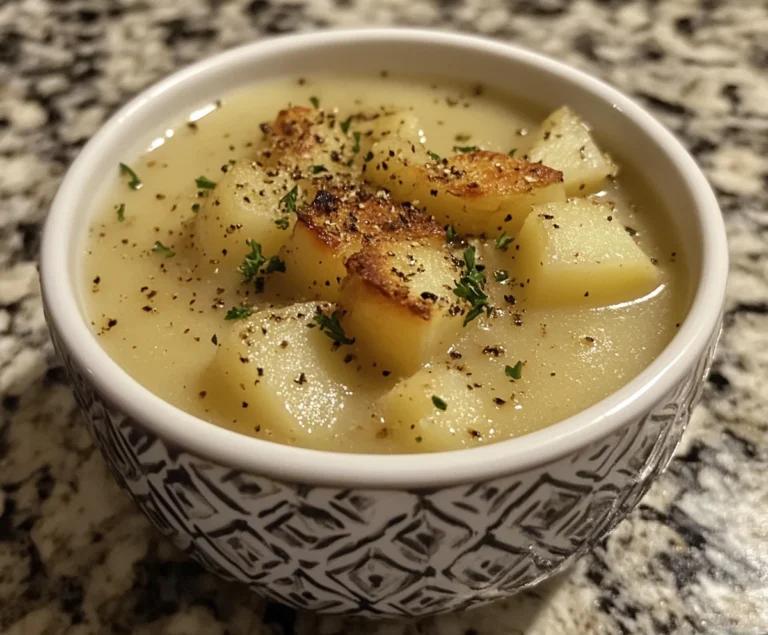What Does Ketchup Do to Meatloaf?
What Does Ketchup Do to Meatloaf?
Meatloaf is a time-honored dish that graces tables across America, often evoking feelings of nostalgia and comfort. Its simplicity—ground meat, breadcrumbs, eggs, and spices—belies its ability to adapt to personal taste and regional preferences. Yet, one ingredient has remained a constant for many: ketchup. Whether slathered on top as a glaze or mixed directly into the meat, ketchup provides moisture, flavor, and an undeniable appeal that has helped keep meatloaf a staple in home kitchens.
In this comprehensive guide, we’ll explore the history of meatloaf, the critical role ketchup plays, and how you can adapt the dish to your taste. We’ll also dive into pairing ideas, variations, and answer some frequently asked questions to help you make the perfect meatloaf. Along the way, we’ll link to some great recipes and sides from Aurelia Recipes that can elevate your meatloaf dinner.
The History of Meatloaf and Ketchup
The meatloaf we know today has evolved from its historical roots as a European dish, where finely minced meats were mixed with bread and spices to create loaves that could be baked or boiled. However, it wasn’t until the 19th century that meatloaf as we know it emerged in the United States, fueled by the necessity to stretch ingredients during tough economic times like the Great Depression.
Ketchup didn’t become a mainstream addition to meatloaf until the 20th century, when it was widely available as a condiment. Its inclusion likely stemmed from its ability to add both flavor and moisture to the dish, addressing common complaints about meatloaf being dry or bland. Today, ketchup is an indispensable part of many meatloaf recipes.
Looking to learn more about how culinary traditions evolve? Aurelia Recipes offers insights into traditional and contemporary cooking, from comfort foods to healthy alternatives.
Why Ketchup is Essential in Meatloaf
Flavor Balancing: Sweet and Savory
One of the primary reasons ketchup has become synonymous with meatloaf is its ability to balance flavors. Ground meat—whether it’s beef, pork, turkey, or a mix of all three—can sometimes lack sweetness. The acidity and sweetness of ketchup cut through the savory heaviness of the meat, providing a well-rounded flavor.
Ketchup, with its base of tomatoes, sugar, and vinegar, offers the perfect balance of sweet and tangy. This makes it a natural complement to the other ingredients in meatloaf, such as onions, garlic, and spices. The sweetness helps counteract the sharpness of raw onion or garlic, while the acidity brightens up the dish as a whole.
Moisture Retention
One of the most frequent complaints about meatloaf is that it can turn out too dry. Ground meats, especially leaner varieties like turkey or chicken, tend to dry out quickly if not handled properly. This is where ketchup comes in—it adds much-needed moisture both inside the meatloaf and on top of it.
When mixed into the meatloaf blend, ketchup helps retain moisture during the cooking process. As the meatloaf bakes, the moisture from the ketchup helps to keep the meat from becoming tough. Meanwhile, a ketchup glaze on top prevents the surface of the loaf from drying out, resulting in a soft, tender bite.
The Role of Ketchup in the Glaze
Perhaps the most iconic use of ketchup in meatloaf is as a glaze. While ketchup works well mixed into the meat, its star turn comes as a topping. Spread over the top of the loaf before baking, the ketchup glaze caramelizes as it cooks, forming a sweet, sticky crust that contrasts beautifully with the savory meat below.
How Ketchup Caramelizes
The secret to the success of a ketchup glaze lies in the sugar content. As the ketchup heats in the oven, the sugars break down and caramelize, forming a rich, deep flavor that enhances the dish. This caramelization process gives the meatloaf an additional layer of complexity, transforming what could be a simple dish into something special.
To achieve the perfect ketchup glaze, try this simple recipe:
Ketchup Glaze Recipe
- ½ cup of ketchup
- 1 tablespoon of brown sugar
- 1 tablespoon of red wine vinegar
- 1 teaspoon of Worcestershire sauce
Mix the ingredients in a small bowl until well combined. Spread evenly over the top of the meatloaf before baking. For best results, apply half of the glaze before baking and reserve the other half to brush on during the last 10 minutes of cooking.
Looking for other ways to enhance your meals? You might enjoy Prune Cupcakes for a sweet but healthy treat to complement your savory dishes.
How Ketchup Enhances the Meat Mixture
While the glaze is a crowd favorite, don’t underestimate the power of adding ketchup to the meatloaf mixture itself. Incorporating ketchup directly into the ground meat not only provides flavor but also helps bind the ingredients together.
The Science of Binding and Moisture
Ketchup acts as a binding agent when mixed with breadcrumbs and eggs, ensuring that your meatloaf stays together during cooking. It helps the meat proteins break down in a way that keeps the loaf firm without being dense. Additionally, the acidity of the ketchup tenderizes the meat, resulting in a juicier final product.
Using ketchup in this way also makes it easier to adjust the sweetness and tanginess of your meatloaf. By controlling how much ketchup goes into the mixture and how much you use for the glaze, you can tailor the dish to suit your personal preferences.
Substitutes and Variations of Ketchup in Meatloaf
While ketchup is the traditional choice, there are plenty of alternatives if you’re looking to shake things up. Here are some substitutions that can bring new flavor profiles to your meatloaf without sacrificing moisture or texture.
BBQ Sauce
If you prefer a smoky flavor, BBQ sauce makes a great substitute for ketchup. The sweetness and tang are still present, but BBQ sauce adds an extra depth of flavor thanks to its smoky undertones. It works particularly well with beef or pork meatloaf.
Mustard
For a tangier twist, try using mustard in place of ketchup. Dijon or yellow mustard both work well, giving your meatloaf a zesty kick. Mustard pairs nicely with ground turkey or chicken, where the bold flavors can help elevate the mild meat.
Tomato Paste
If you prefer a richer, more tomato-forward flavor, swap out ketchup for tomato paste. You’ll get a concentrated tomato flavor without the sweetness, allowing you to control the sugar content of the dish. Tomato paste also adds a deeper color to the loaf.
Salsa
For a Mexican-inspired meatloaf, replace the ketchup with salsa. This gives the dish a fresh, slightly spicy flavor that works well with ground beef or pork. Pair it with Mexican-inspired sides like rice or avocado salad for a complete meal.
Need more ideas on flavor variations? You might enjoy this Zucchini Mushroom Recipe as a side to complement your next meal.
Ketchup-Free Meatloaf: Does It Work?
Some people avoid ketchup altogether due to dietary preferences, sugar content, or simply not liking its flavor. Can you still make a delicious meatloaf without ketchup? The answer is yes—but with a few adjustments.
How to Maintain Moisture Without Ketchup
The key to making a ketchup-free meatloaf lies in finding other ways to add moisture. Here are a few suggestions:
- Applesauce: Add applesauce to the mixture to provide moisture and a touch of sweetness.
- Pureed Vegetables: Use finely pureed carrots or zucchini for added moisture without changing the flavor profile.
- Stock or Broth: For a more savory option, add a few tablespoons of chicken or beef broth to the meat mixture.
You can also try brushing the top of your meatloaf with olive oil or melted butter instead of ketchup to create a crispy, golden crust.
Health Considerations and Adjustments
Ketchup is often criticized for its high sugar content. While it does bring flavor and moisture to meatloaf, there are healthier alternatives available. Opting for a low-sugar or no-sugar-added ketchup can help you reduce unnecessary sugars without losing the flavor.
Additionally, you can experiment with healthier variations of meatloaf itself, such as using leaner meats like turkey or chicken. Pairing the dish with nutritious sides, like a Mexican Cucumber Salad, can create a well-rounded and balanced meal.
Creative Ways to Use Ketchup Beyond Meatloaf
Ketchup isn’t just for meatloaf. It’s a versatile ingredient that can be used in a variety of dishes to enhance flavor and add moisture. Here are a few ways to get creative with ketchup in your cooking:
Ketchup in Sauces
Ketchup can be used as the base for a variety of sauces. By adding different ingredients, you can transform it into a rich BBQ sauce, a tangy cocktail sauce, or a spicy dipping sauce. For example, mix ketchup with horseradish and Worcestershire sauce to create a quick and flavorful cocktail sauce for shrimp.
Ketchup in Marinades
Because of its acidity, ketchup works well in marinades for meat, poultry, or even tofu. The sugar in ketchup helps create a caramelized exterior when grilled or roasted, while the vinegar helps tenderize the meat.
Ketchup in Stews and Casseroles
Add a few tablespoons of ketchup to stews, soups, or casseroles to enhance the flavor. The sweetness and acidity can brighten up a slow-cooked dish and provide a more complex flavor profile.
Pairing Meatloaf with the Perfect Sides
A well-made meatloaf deserves the perfect side dish. Here are a few ideas to round out your meal:
- Mashed Potatoes: A classic pairing, creamy mashed potatoes are the perfect side for meatloaf. The soft texture contrasts nicely with the firm loaf, and the buttery flavor complements the savory meat.
- Roasted Vegetables: Roasting vegetables like carrots, parsnips, or brussels sprouts adds a touch of sweetness that pairs well with the ketchup glaze.
- Salads: A light, fresh salad with a tangy vinaigrette can help cut through the richness of the meatloaf. Try a cucumber or spinach salad for a refreshing contrast.
For a more unusual pairing, you can try this refreshing Watermelon Basil Salad to provide a bright, summery complement to your hearty meatloaf dinner.
Frequently Asked Questions (FAQs)
1. Can I Substitute Ketchup in Meatloaf?
Yes, you can easily substitute ketchup with other condiments like BBQ sauce, mustard, or tomato paste depending on your flavor preferences.
2. Why Does Ketchup Caramelize in Meatloaf?
The sugars in ketchup break down and caramelize when exposed to high heat, creating a sweet and sticky glaze that contrasts beautifully with the savory meat underneath.
3. How Much Ketchup Should I Use in Meatloaf?
Typically, you should use about ½ cup of ketchup in the meat mixture and another ¼ to ½ cup as a glaze, depending on your taste.
4. Are There Healthy Ketchup Alternatives?
Yes, low-sugar ketchup or homemade tomato-based sauces are great alternatives if you’re looking to cut down on sugar or processed ingredients.
5. Can I Make Meatloaf Without Ketchup?
Absolutely! There are plenty of alternatives to ketchup that work well in meatloaf, including mustard, tomato paste, salsa, or even pureed vegetables.
Conclusion
Ketchup is more than just a topping for fries—it’s an essential ingredient in creating a delicious, moist, and flavorful meatloaf. Whether you use it in the meat mixture or as a glaze, it enhances the flavor and texture of the dish. And while ketchup remains a classic choice, there are plenty of ways to experiment with different flavors, textures, and alternatives to create a unique and personalized meatloaf recipe.
Pair it with fresh, vibrant sides like zucchini mushroom stir-fry or a light cucumber salad for a well-rounded meal that brings out the best in this beloved comfort food. Whether you’re a fan of traditional ketchup-glazed meatloaf or looking to try a creative twist, this dish remains a staple for a reason—it’s versatile, easy to make, and always satisfying.







